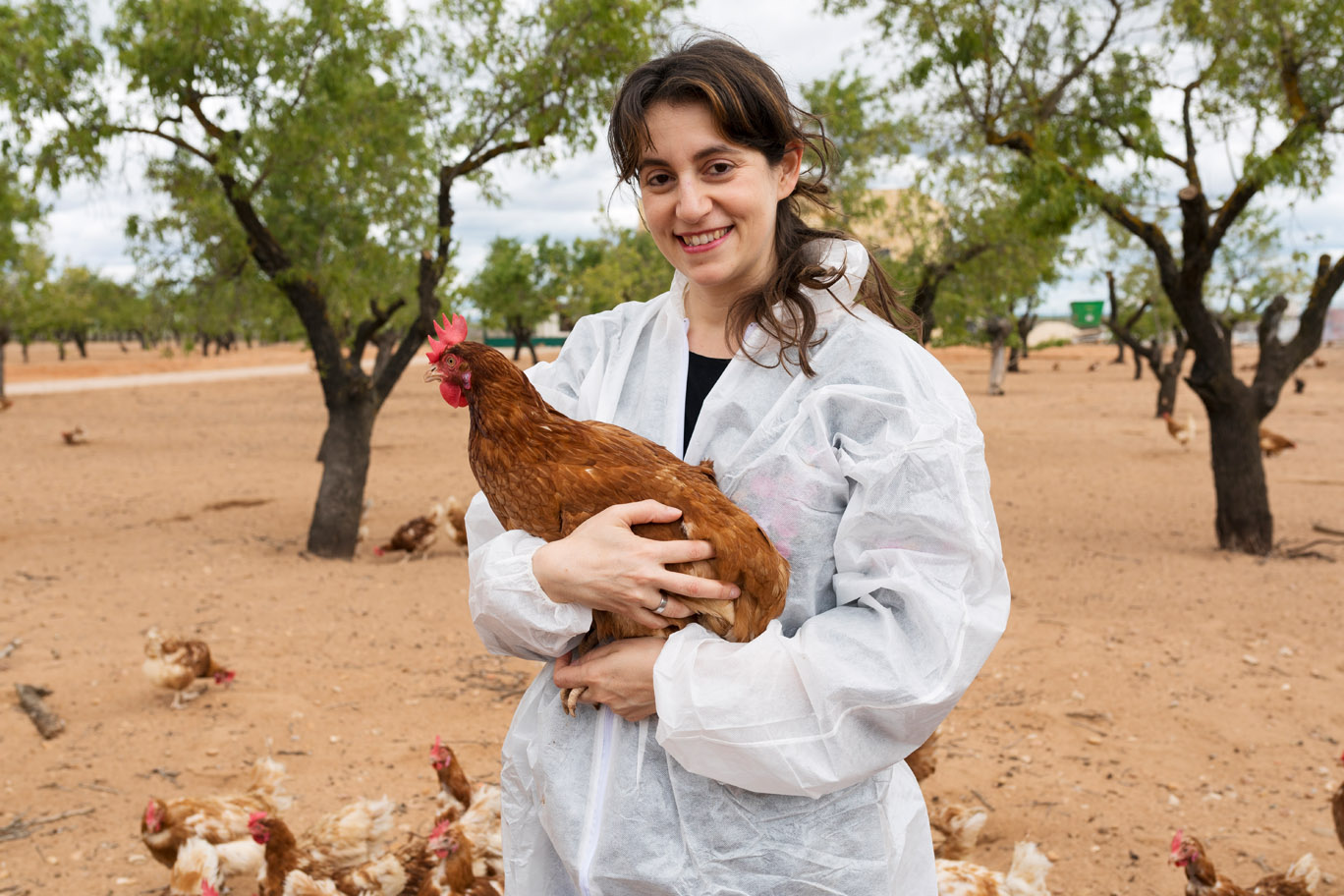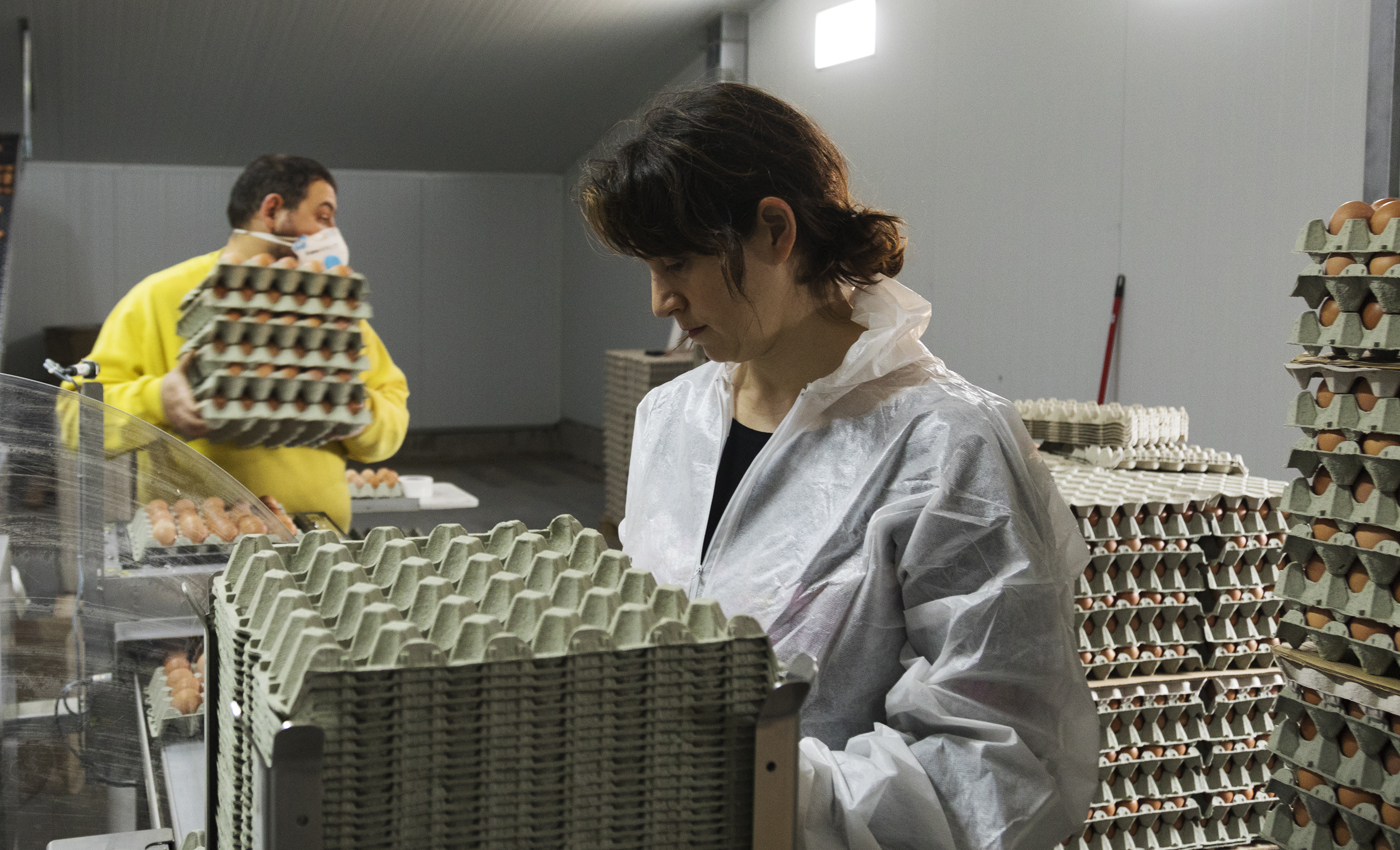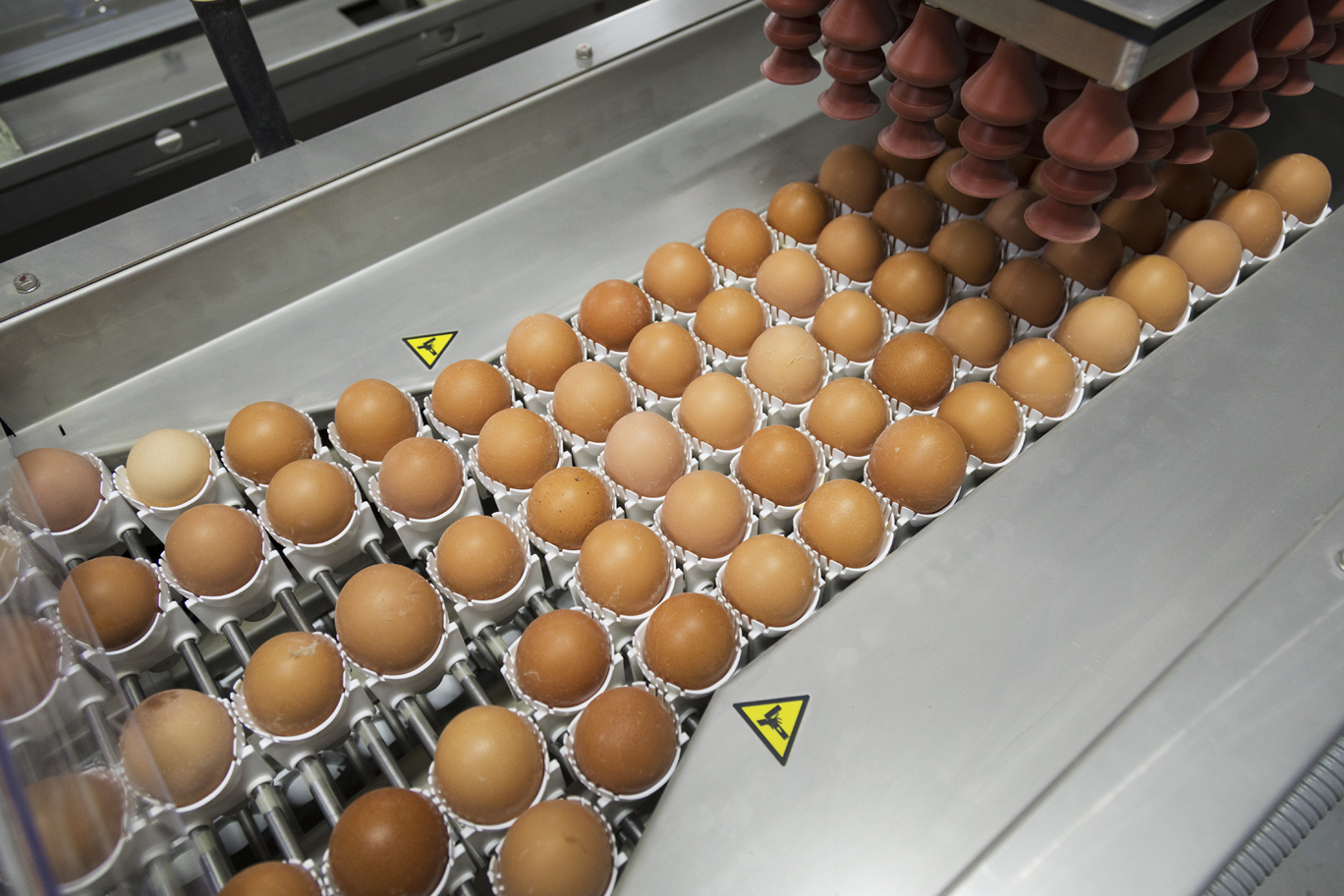Story at a glance
-
Farming to Feed a Growing World
When a pet adopts you
-
Continuing a Family Legacy
Finding happy, healthy homes
Walking into Cattle Empire’s ranch in Kansas is a little like stepping on to the set of a movie. Cowboys sit astride their handsome horses, perfectly dressed for the part with lassos neatly secured at the hip.
But on closer inspection it’s clear it’s not the cowboys ruling this town. The bovine population of Cattle Empire number in the thousands, and their territory stretches to the horizon, with the cowboys tending to their every need.
“Agriculture has a different culture of people,” explains Veterinarian Dr Tera Barnhardt, who works full-time here at one of the largest cattle farming outfits in the US.
“We're very driven to provide care and feed, and these aren’t nine to five jobs.”
Kansas has a farming heritage reaching back to the old west, when the ancestors of these cowboys would sell their cattle at market.
The legacy of this ‘cow town’ has meant multiple generations of families in and around the area have been helping care for cattle for decades, relying on them for their livelihoods.
“You can imagine that these animals need care and feed every single day of the year, and to see that passion in all the people I'm surrounded by at work is really refreshing,” she adds.
“You don't get that in a lot of industries. Growing up in an agricultural community and an agricultural family, it was instilled in me as a young person, and I continue to enjoy serving that community and serving that industry.”
There are almost 350 employees at Cattle Empire and all of us travel into the feed yard from several surrounding communities.”
Dr Tera BarnhardtThe importance of a thriving community for both today and tomorrow is particularly present for Dr Barnhardt, who is expecting a child.
“In the context of a rural community, it's so important to have children enrolled in the schools and people visiting the grocery store and people benefiting from the healthcare that's available in these small communities,” she says.
“And it's available because there are large agricultural companies out here that employ people like me,” she adds.
But the work here isn’t only about supporting the communities of this county, or even just this state. With 2 million farms, the United States is a huge exporter of agricultural goods and a powerhouse of the global food supply.
Dr Barnhardt describes her role in helping to feed the growing global population as “one of my greatest joys and passions”.
“Within the United States I would say I'm from a very small town and from a very small area. But in the big picture, we are feeding the world and so southwest Kansas is a very exciting place for me to raise my family.”
Continuing a Family Legacy
Across an ocean, Dr Barnhardt’s passion is shared by farmer Sandra Garcia. She runs an egg production farm, located in Castilla La Mancha in central Spain, which has the lowest population density in the country. It means Sandra’s business, which employs 60 people, has a huge impact in this close-knit neighbourhood.
“It's important to have business in the countryside because people here cannot work on many things,” she says.
“[The farm is] growing every day. Day-by-day we have more employees, and we contribute to people living here in the town around us, so they can find a good job here.”
But as a young farmer, Sandra is very much a rarity here in Spain.
Despite its long tradition of rural farming, poverty in the 1960s led many families to move from the countryside to Spain’s towns and cities. This led to a decline in the country’s agricultural production and a loss of generational farms.
But in recent decades, the country has seen a resurgence in farming. And in the past few years, new initiatives have been launched to tempt young people back to the countryside by presenting farming as a modern, technology-driven, entrepreneurial industry.
It’s a very different image from the back-breaking farming work their grandparents remember. Sandra’s vast, high-tech facility is a long way from the chicken coops of her forebears. “My grandfather started when he was young with 100 hens … but he also had pigs and broiler; he tried a bit of everything, how they used to do in those years,” she explains.
When my father started going to the poultry school, he told my grandfather ‘Okay, we have to choose, we cannot have all these things together, we have to choose broiler or hens or pigs.”
Sandra Garcia,FarmerToday’s farm holds 60,000 laying hens. But Sandra’s emotional connection to the farm is remarkably similar to that of a smallholder. For her, it’s as though the animals she looks after are an extension of her family.
“I have a lot of responsibility,” she says.
“When there is a disease, some of the animals are sick and you see them dying, you feel desperate because they are your animals, you have to take care of them. It's your responsibility and it's also your way of life.”
But the farm is in good hands. Sandra has plans to grow the business and hopes one day to pass it on to her own children, ready for a new generation of farmers to take on the responsibility of feeding the community.
Spotlight: Securing the future of farming
It doesn’t matter where in the world you buy your groceries, all farmers are facing the same global difficulties.
The United Nations Food and Agricultural Organization (UN FAO) has estimated that the world’s population is set to grow to almost 10 billion by 2050. As the number of mouths to feed increases, agricultural growth will need to surge by 50% compared to production in 2013.
And this is against a backdrop of huge concern over climate change and global warming, which is placing farmers under pressure to employ increasingly sustainable methods.
Innovation in animal medicine has crucial role to playing in creating efficiencies.
“As resources are becoming increasingly stretched, I think the role animal medicines play is increasingly more important,” says Aleta Knowles, Veterinary Scientist working in Australia.
Aleta spends her career developing products to make it easier for the farmer to not only keep their animals healthy but to futureproof their business.
She says: “I see that the medicines that we produce provide that sustainability. They make their enterprises more viable. It means that farming can be more profitable.
“Ultimately it means that animal protein is more affordable for consumers.”
Meanwhile, modern farming is embracing new technology. In many parts of the world, new equipment and technologies, using digitally-led systems are helping farmers and veterinarians to monitor their animals like never before.
Ben Parry, Technical Director, at a research facility located in Ardtoe in the Scottish Highlands. He says innovation has enabled a whole new livestock industry to succeed – aquaculture. And it’s an important breakthrough to securing our future food supplies.
“I believe that fish do us with a sustainable protein source both now and going into the future and without it, we would really struggle,” he says.
Protecting animals protects people
Next storyOther stories
- A Lifetime of Mutual Care
- Health, Husbandry and Heritage
- Pride in Profession
- From Lab to Land
- The Long Walk towards Rabies Eradication
- Healthy Animals Drive Economic Growth
- Responsible use: the responsibility of us all
- Innovation for Sustainable Production
- Farming to feed a growing world
- Protecting Animals Protects People


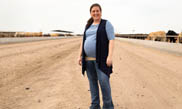
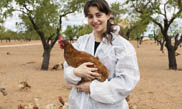
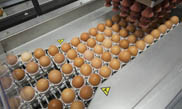
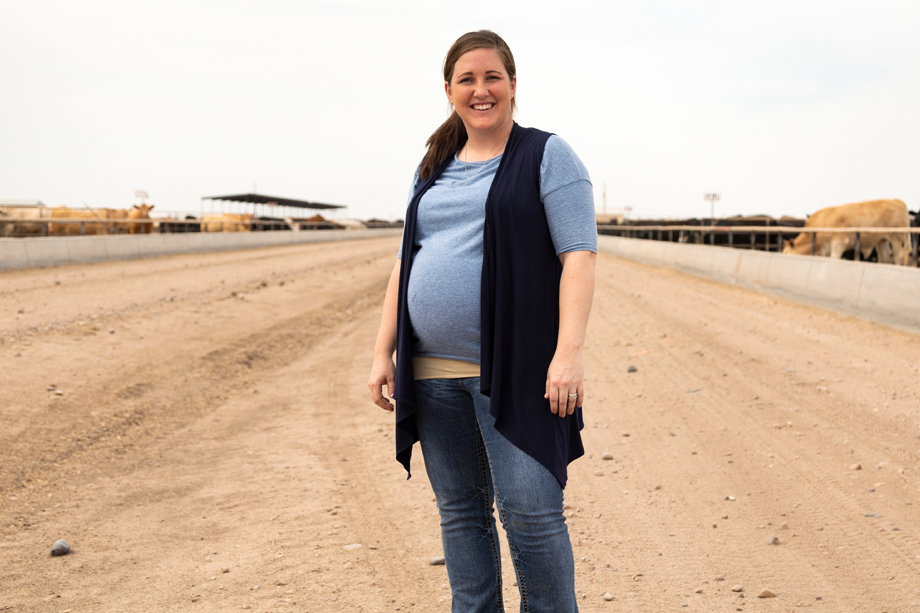
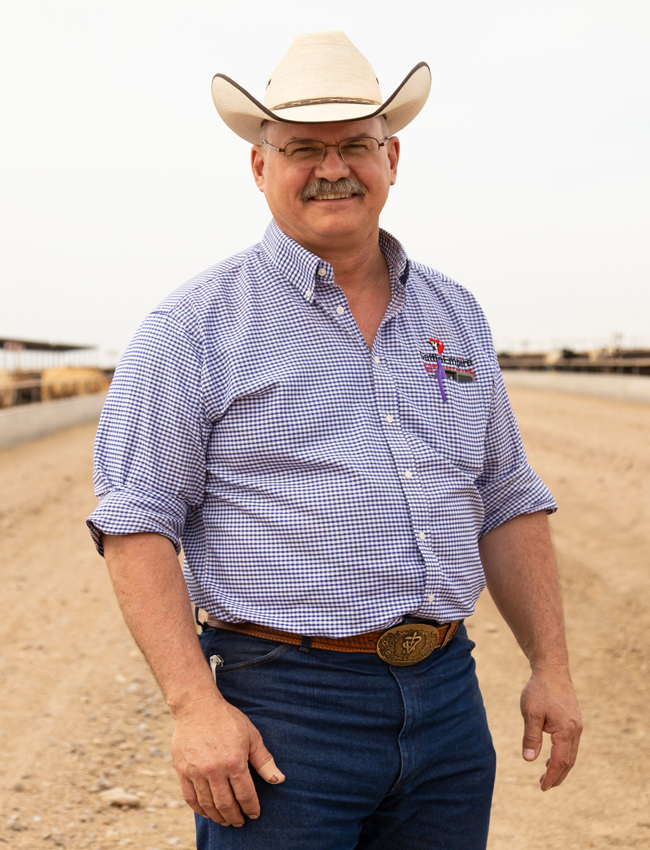
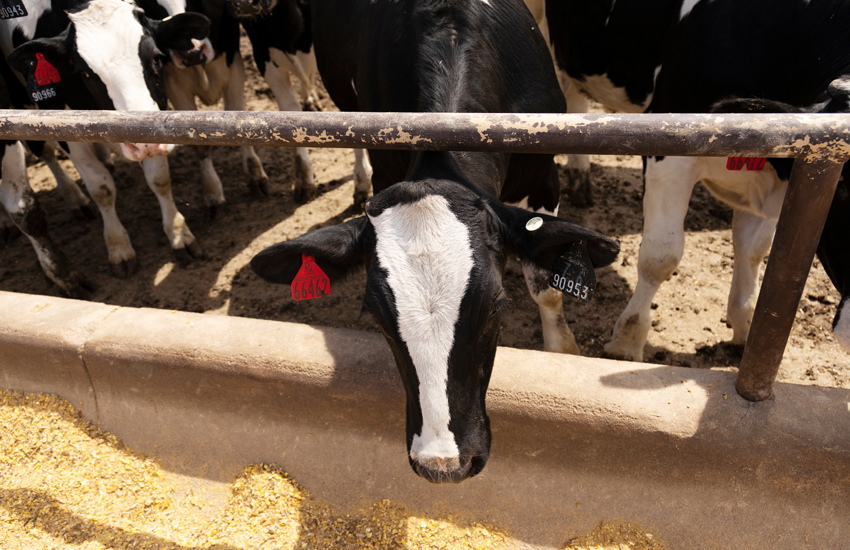
![“You have to take care of [your animals]. It's your responsibility and it's also your way of life.”](images/gallery/gallery_img_33.jpg)
